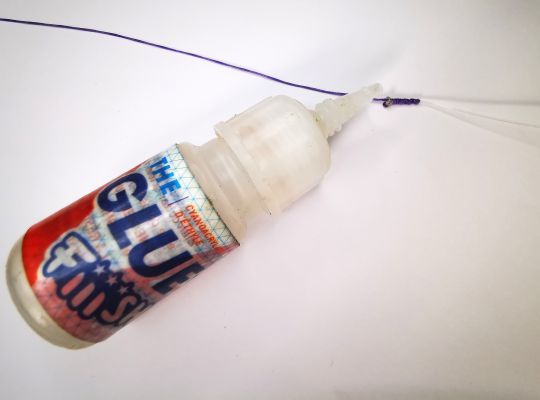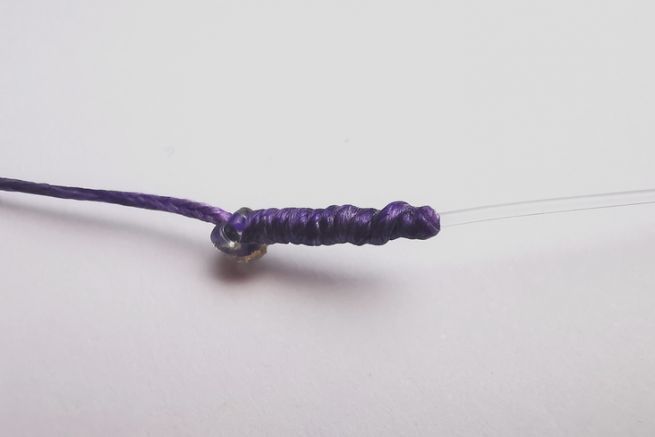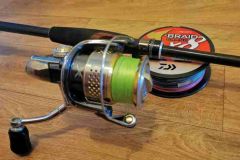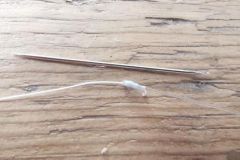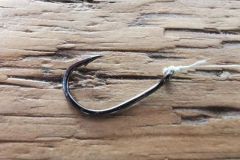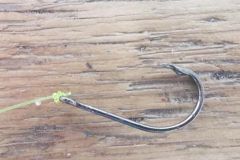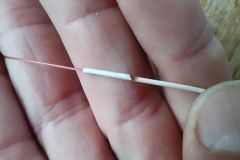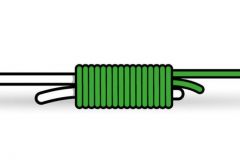Why make sure a knot is finished properly?
What angler has never experienced these situations? A break in the knot during a cast or even a slowed cast because of a knot that is too big or badly made? This is often due to a poorly finished knot with excess braid or fluorocarbon sticking out and catching on the cast.
Ensuring a good finish avoids these problems, improves the glide of the knot through the rings, especially if they are small, and thus increases distance and accuracy when throwing.
How to proceed?
It is important to take into account the line diameters used. The larger the diameter, the bigger the knot. In fact, in strong fisheries such as bluefin tuna lure fishing, the size of the rod rings is so important that they can let through a poorly finished knot, but the strength of the knot can be compromised. Attention should be paid to the more classic fisheries, requiring the use of smaller rings.
The following example has been voluntarily realized with a braid and a large diameter fluorocarbon to allow the realization of the associated photos and thus facilitate the vision.
The material needed to make a nice finish on your knots is relatively simple:
- a lighter or a small flashlight
- a tube of glue, identical to the one used to glue your lead heads or your soft lures
- a pair of scissors
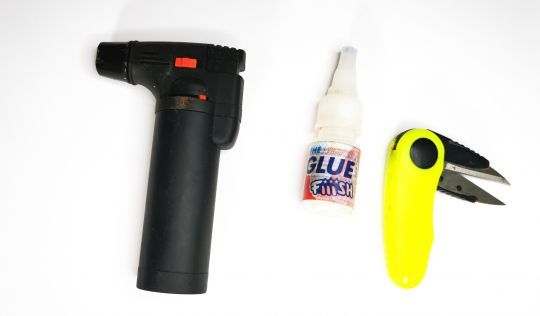
The example here is on a peixet type connection node which you will find the tuto of the realization in this article.
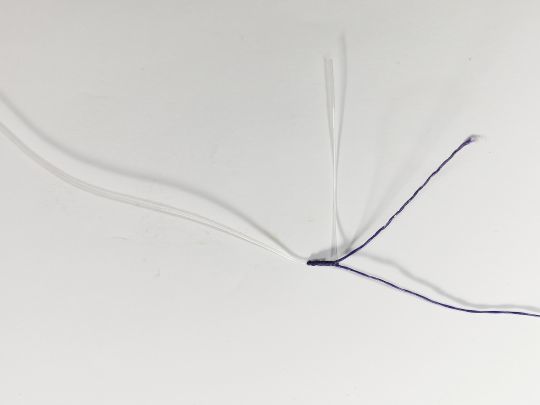
As with all knots, start by cutting off about 5 mm of excess braid and fluoro.
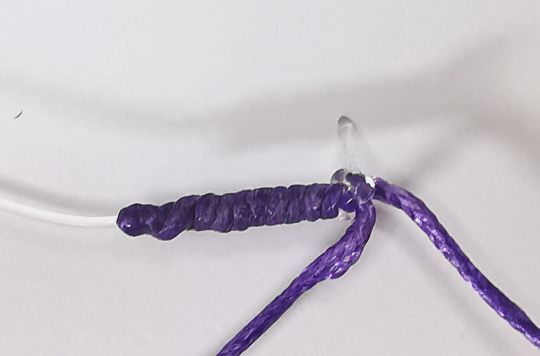
Once the 2 parts are cut, bring the flame of the flashlight closer to burn the excess and with your finger, moistened, stop the combustion by pressing on it. This will create a small "ball" that will prevent the knot from sliding.
During this step, be careful not to get the flame too close to the knot or the line body or you will cut the whole thing. I prefer to use a small flashlight for this step, especially when I do it at sea. The precision of the flame is better.
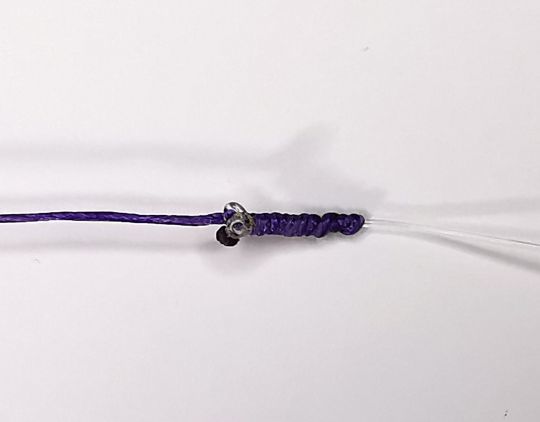
Finally, you can apply a small amount of glue to the knot.
